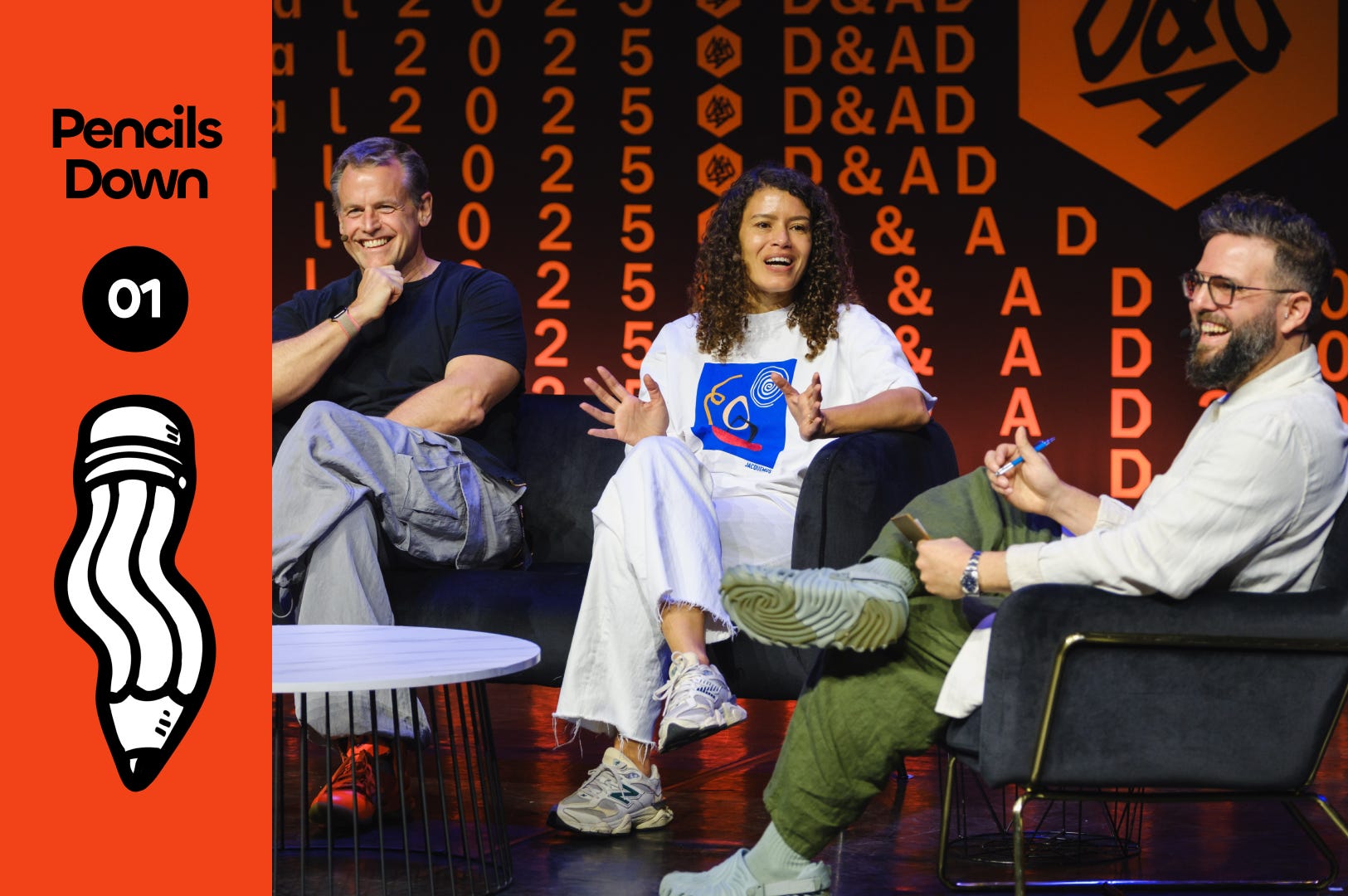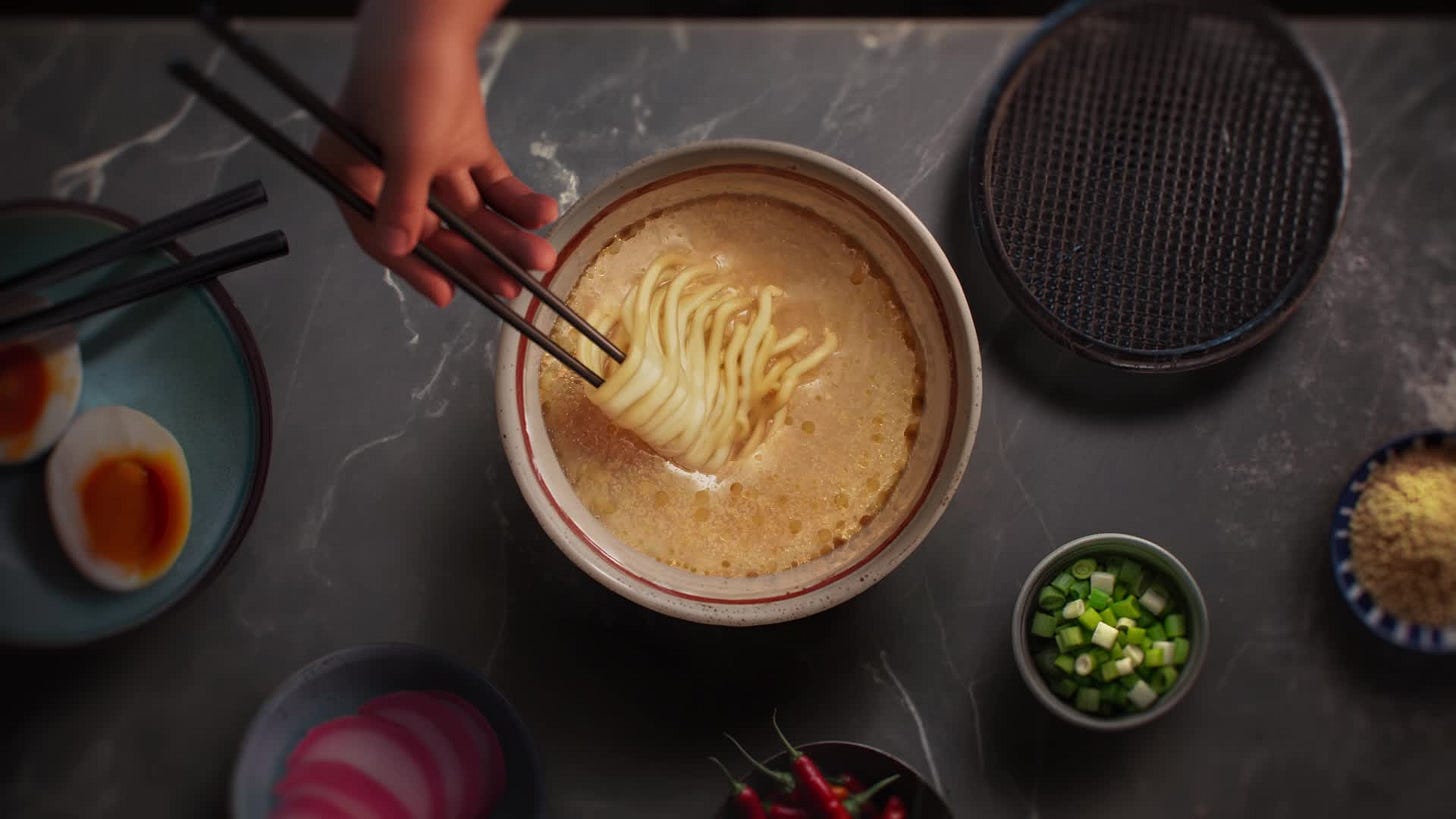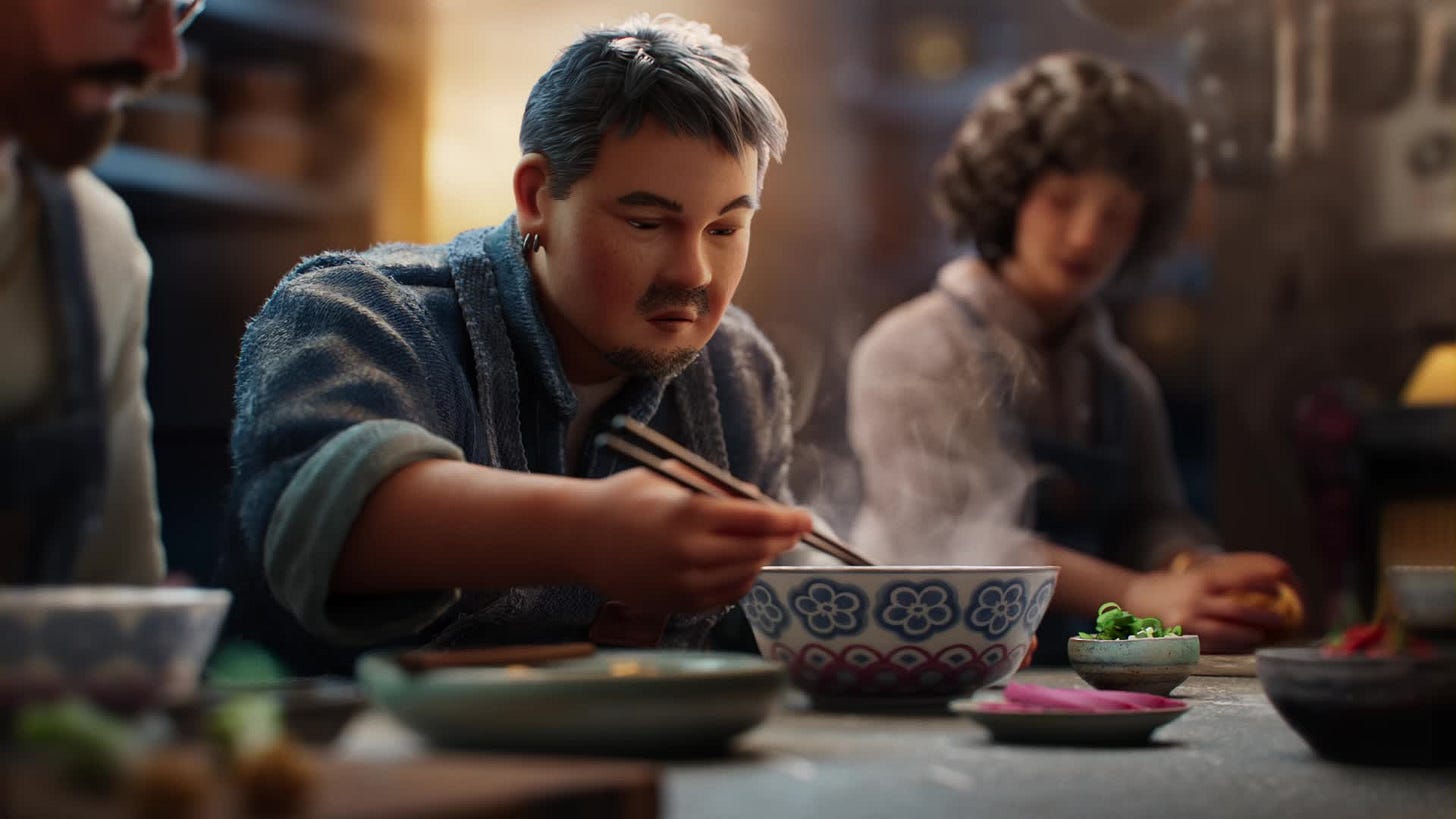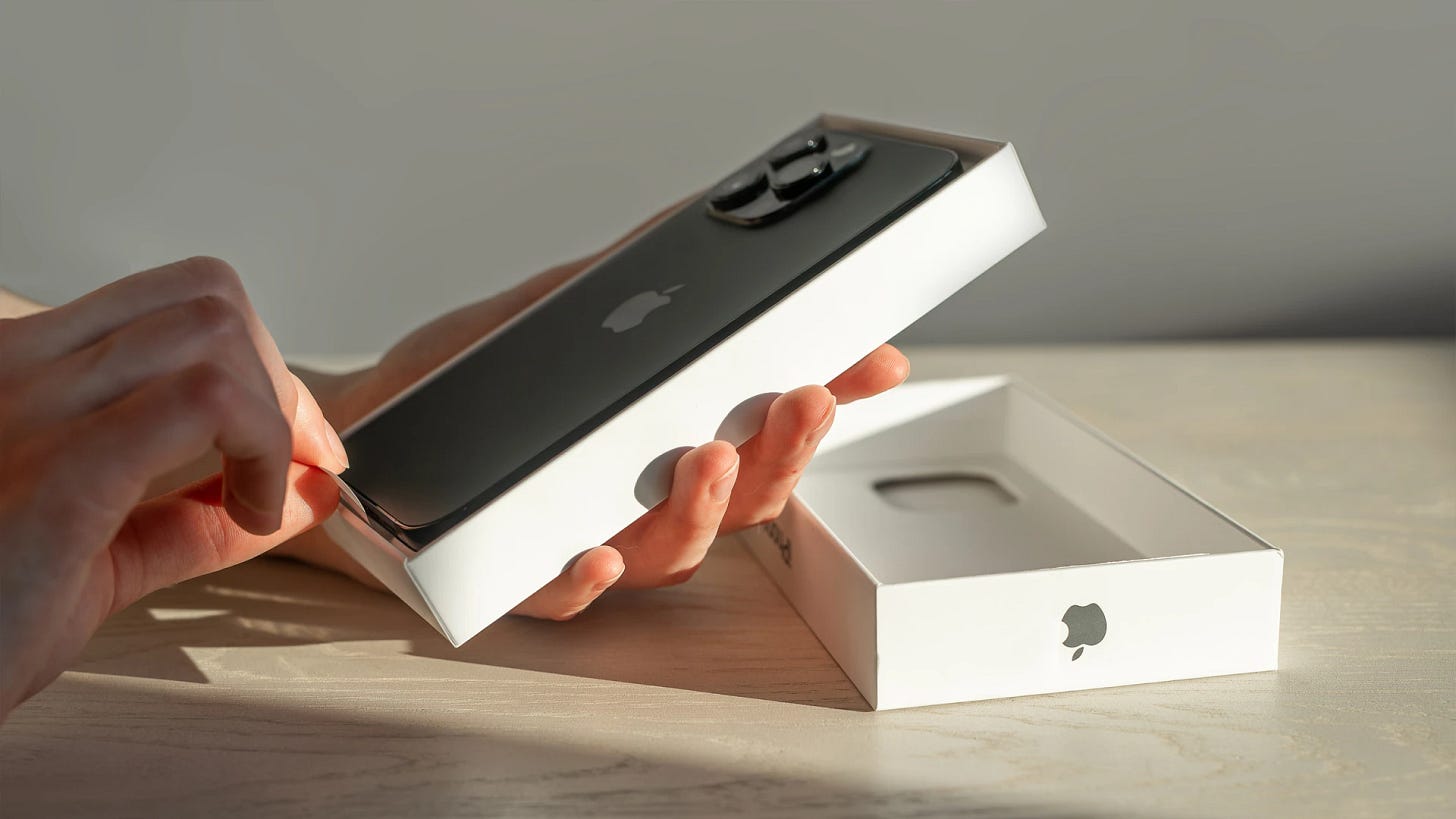More Than Just Lovely Noodles: Why We Fall in Love With Thoughtful Design
by Ben Langsfeld, Chief Design Officer
Since speaking at D&AD this year, I’ve been thinking a lot about what makes us love certain brands, not just like them.
It’s rarely the big idea alone. More often, it’s the quiet signals of care, the choices that show someone thought deeply about how it would feel on the other end.
Details are how brands say: We see you. We get you. We made this better so you don’t have to think about it.
That’s the difference between something that’s functional and something that feels alive.
The Bridge Between Brand and Audience
Recently, we worked on an animated piece for Airbnb featuring a chef making ramen from scratch. On paper, it might seem like a standard food shot. But it became a deep dive into how specificity and craft can unlock emotion and trust.
Our research showed that travelers aren’t just looking for things to do. They’re looking for meaningful connection, for experiences that feel rooted in real people, real places, and real culture.
The ramen scene worked not because it looked great, but because it felt true. It tapped into that human urge to go deeper, to connect with tradition and skill.
Crafting With Intention
Here’s how Kien Hoang, one of our 3D leads, described it:
“The ramen shot was one of those deceptively simple challenges. To get it right, we studied real bowls obsessively, how broth clings to noodles, how translucent perfectly cooked noodles should be, and how oil catches light.
But it wasn't just about getting the look right, it was about making every detail feel considered. We spent time choreographing how the noodles drape from the chopsticks, how they fold back into the bowl with weight and rhythm. Every element was tuned to evoke care and competency, the things that quietly build trust with the viewer.
“The goal wasn't photorealism, it was to make something that felt delicious, intentional, and full of life.”
Ramen might not seem like a typical hero moment, but with care and specificity, it becomes something unforgettable.
Why the Small Stuff Matters
This thinking extends far beyond food.
Take Airbnb’s app. Every touchpoint feels simple, human. You glide from browsing to booking without friction. And when those same visual cues appear in their billboards or app, it fortifies a sense of trust.
Compare that to a typical hotel site. You’re bombarded with options, filters, fees. It’s the same service-a place to stay-but the feeling is completely different.
Or think about Apple. Most people can’t point out every design decision, but they feel them. How many old iPhone boxes do you still have in a drawer somewhere? We don’t keep them because they’re useful, but because they’re too nice to throw away.
From Functional to Feel-Good
Design, at its core, is a way to show people you understand them. And when done well, it builds trust, sometimes without a single word.
The real skill is knowing which details matter. And which ones don’t.
Because in a world full of choice, the things we love are rarely louder. They’re just made with more care.
Ben Langsfeld, Chief Design Officer, BUCK
Ben builds the conditions for crafting work that can’t be ignored. As Chief Design Officer at BUCK, he works between strategy and craft to design systems that let creativity scale. His partnerships span companies such as Google, Apple, Microsoft, and OpenAI, along with direct collaborations for Notion, Sherwin-Williams, IBM, and Nike.
Check out The Psychology of Craft D&AD panel below 👇






